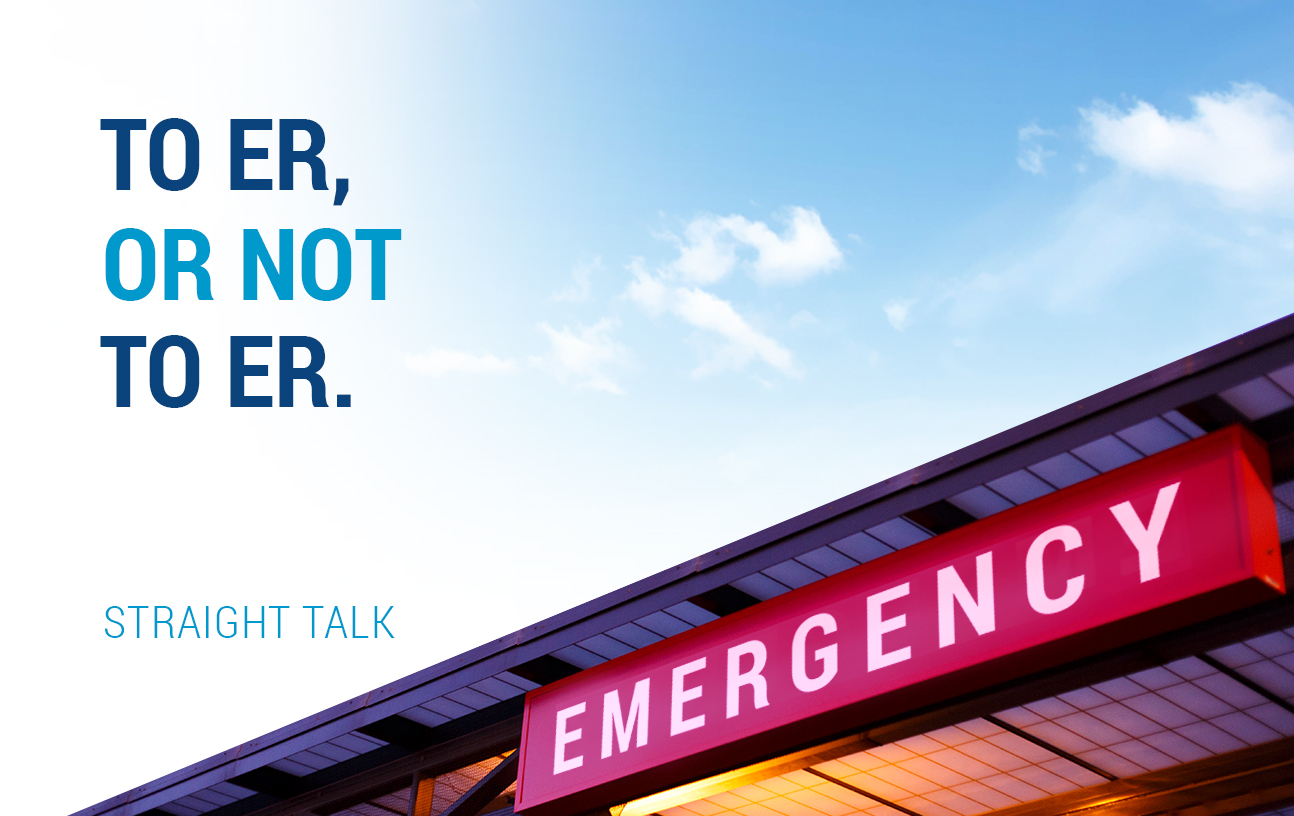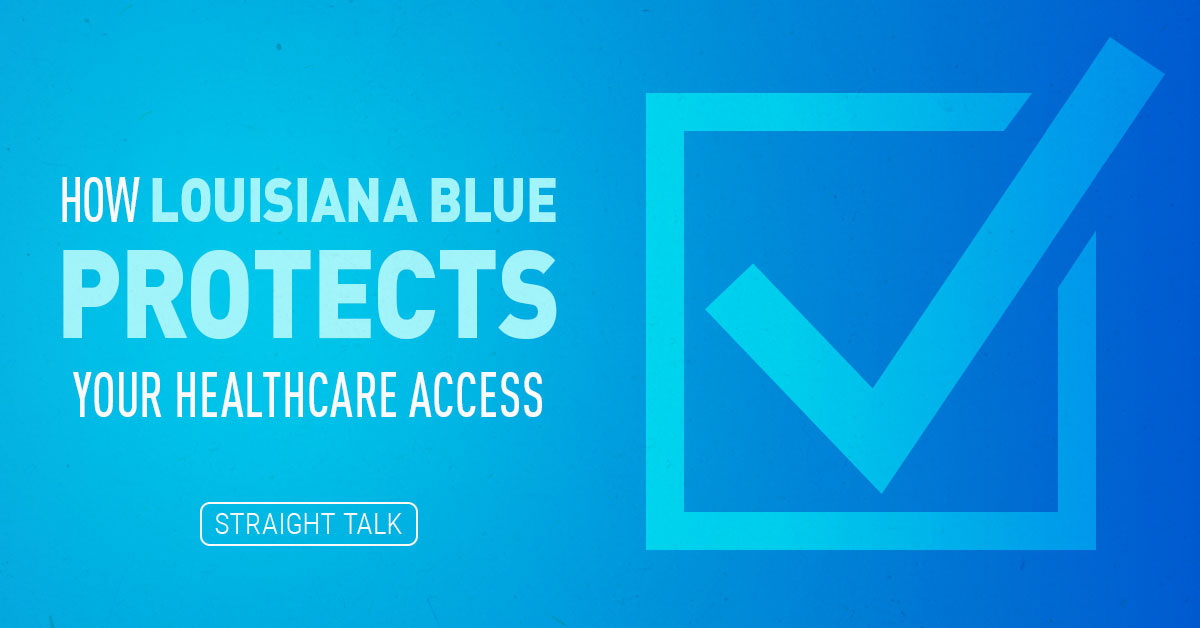Most of us have already been there. Someone very dear to you, a child, parent, brother, sister or spouse gets sick, and then really sick, and you get scared. What to do?
As a first-time parent, I remember clearly being home with my six-month-old daughter one evening when she “spiked” a temperature of over 102! She was listless, lethargic, burning up with fever. I thought she was dying, frankly.
My wife (the Registered Nurse) was working nights at the hospital, and it was just me and the baby. I was pretty scared. My first thought was to throw her into the car – the Emergency Room was only five minutes away! But, I called my wife first, and she was so cool:
“Just give her some of that liquid Ibuprofen, run a cool bath and let her play in it a bit. Let her suck on a popsicle if she wants one. Then call me back in an hour. Babies run much higher temps than grown-ups do.”
Just her calm voice was enough to soothe a lot of my anxiety. But my busy, noisy, active baby was listless, hardly moving, not responsive at all. It was frankly terrifying.
ER use is a huge driver of healthcare costs, and it is RISING, not decreasing, even as more and more people gain healthcare coverage after the Affordable Care Act.
But Mom the RN knew best. I gave her the Ibuprofen, soaked her in the tub, offered the popsicle, and a few minutes later, she was like a different child, right back to her old, crazy, playful self! The temp was down. I thought, “What would I have done if I wasn’t married to a cool-headed nurse who does this for a living?”
I’d have shown up at that ER! Where they could have done nothing for my baby except give her Ibuprofen, cool her with rags and then charge me $1,000 for the trouble. Probably after waiting with her and worrying for hours.
I’ve been doing a lot of reading on the emergency room and when people decide to use it, and the numbers are frankly staggering. ER use is a huge driver of healthcare costs, and it is RISING, not decreasing, even as more and more people gain healthcare coverage after the Affordable Care Act. And much of that use is for non-emergency care, which is sort of like using an atomic bomb to start your fireplace in the winter.
Media reports this spring, for example, claimed the closure of the Baton Rouge General Mid-City emergency room had a double cause: Uninsured patients who couldn’t pay, which drove up their operating cost, and the fact that up to 80% of the people who showed up in the ER on any given day were having a “non-emergency,” which took staff time away from treating true emergencies.
Yet (high blood pressure, high and rising blood sugar and high bad cholesterol) are the very conditions that contribute to most of our nation’s heart attacks, strokes and kidney failure!
How can we help our members to choose the right care, for the right condition, at the right time? I sure feel like we here at Blue Cross have an obligation to do exactly that.
It’s important to remember that the gateway to appropriate care is a good relationship with a primary care doctor, whether that be a pediatrician, general practitioner, geriatrician, family practice doctor or internist. These relationships are the first step in guiding us to getting the best care at the best time. For example, in my fear above, if I couldn’t get ahold of my wife at work, my next call should have been to my pediatrician or his office’s nurse line for advice (if they had one). But sometimes, even primary care docs have answering services that tell people to go to the ER if it’s after hours and they need care, sort of washing their hands of the problem.
In my case, if we didn’t have a pediatrician, who would I call then? Sadly, lots of my friends and neighbors, even the ones WITH health insurance, don’t have a steady relationship with what the British call “the Jewel in the Crown of the Healthcare System,” a primary care doctor.
Consider the alternative. We’ve established in these very pages how people with chronic conditions like high blood pressure (hypertension), high and rising blood sugar (hyperglycemia leading to diabetes), and high bad cholesterol can walk around feeling pretty good. Certainly not feeling “sick,” like you do when you get the flu.
Yet these are the very conditions that contribute to most of our nation’s heart attacks, strokes and kidney failure! The National Institute of Health estimated a few years back that up to 70% of hospital beds in the U.S. are filled with people who simply ignored these conditions as they aged.
The ER is not set up to measure, regulate or control any of these conditions. The ER will only be useful to you if you let these things go so long that you experience a heart attack, stroke or kidney failure. Nobody wants that.
But if I am regularly seeing a doctor (even if it’s just once a year for a checkup), then these conditions will be tested for and caught. Then, medication and lifestyle changes can be used to control them, and keep me away from those horrible events.
Price difference? The emergency room bills cost 465% MORE on average than treating the same conditions at urgent care.
So let’s go back to “appropriate” care for a moment. Here are some general guidelines you should use when you or a loved one needs care.
- Everyone should have a Primary Care Doctor (pediatrician, geriatrician, family/general practice, internist) that you see for most of your healthcare needs when you get sick or hurt, and to monitor your health on an ongoing basis. For our Blue Cross customers — you can use our “Find a Doctor” app on our website or mobile app to help you get started. The docs with blue ‘Q’s next to their names are especially good at managing the chronic conditions mentioned above. You can also check out www.bcbsla.com/PCP for more information on why choosing a primary care doctor is important for your health.
- Retail health clinics, such as the ones you might see at a big box retailer or drug store, are very useful for a non-serious illness like a sinus infection or rash. Especially if you can’t get in to see your doctor. (But you should still have a primary care doctor).
- Urgent Care Centers are very useful late at night and on weekends for non-emergency care. Many have X-ray machines and can stitch wounds. Many can also do basic lab work and testing right on site. If your illness is too serious, they may refer you to an ER. And, most of these centers take Blue Cross.
- Emergency Rooms, in general, are best at handling life-threatening or serious injuries. If you suspect that is going on with you or your loved one, call 911 or get to the ER pronto. Want to know exactly what an emergency is? We’ve laid it out for you.
Another positive side effect of using the right care at the right time is financial. Many of us are now in health plans with significant cost sharing, whether in the form of deductibles, copays or coinsurance. In general, in the list above, the price rises as we move down the list.
Recently, in the Annals of Internal Medicine, researchers performed a study that examined treatment costs for the nine most common ailments that drive people to the ER. The researchers compared the same ailments treated in the ER to the cost if they had simply chosen urgent care.
Price difference? The emergency room bills cost 465% MORE on average than treating the same conditions at urgent care. And retail health clinics or your doctor’s office would have been even less. These nine most common ailments sadly are not the kind of things the ER is good at treating anyway.
So my advice today is simple: Don’t wait until something scary is happening and then try to make a decision while you are under fear and pressure. Get a relationship with primary care doctor NOW and make your first appointment today, so when you get sick or hurt, you have a qualified person you can call for advice. Their staff nurses and answering service can also be very, very useful in a crisis.
Your health, peace of mind and your wallet will be glad you did!





Leave a Reply